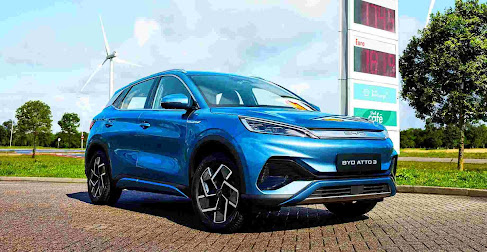
Chinese car brands struggled to make much headway globally with ICE vehicles and even at home played second fiddle to foreign brands. Then the decision was made to focus on electric and hybrid cars to succeed. That seems to have worked with their winning market share locally and improved acceptance in export markets.
BYD is part of that drive, using Blade Battery technology as a strong selling point. Pros are said to be having higher energy density, safer in an accident and longer life. Cons are poor cold weather performance and manufacturing cost. That's a light weight summary from one source.
As for sales figures, I found getting information on the New Energy side (BYD's term for electric / hybrid) easier with many websites specifically dedicated to this subject.
New Energy: Sales volume increased steadily from 2015 to 2018, then slipped back for a couple of years. The Blade Battery was released in 2020 and that was a game changer.
Oil Fueled: That's ICE cars elsewhere. They hung around the quarter million mark for a few years, then were phased out quickly.
December sales were 309,000, up 31% on the previous year and for the year sales were up 62% to 3,045,000. Sales in China were 2,781,651 and exports were 242,766. I'm sure they will try to reduce dependence on the domestic market as 92% were delivered in China and just 8% exported (maths is my strong point).
Passenger cars: They came to 3,033,700, of which full battery cars 1,589,600 (up 73%) and plug in hybrids 1,444,100 (up 51%) .
Commercial Vehicles: There were 11,500 sold, 4,700 buses (-3%) and 6,800 (+447%) unspecified.
BYD has been in a hurry of late and has been successful in ramping up volume. Economic conditions may be a bit tighter in 2024 so it will be interesting to see how BYD will fare. They do have the advantage of huge export potential and that will surely be a major focus for the year ahead.
Data source: BYD.


No comments:
Post a Comment